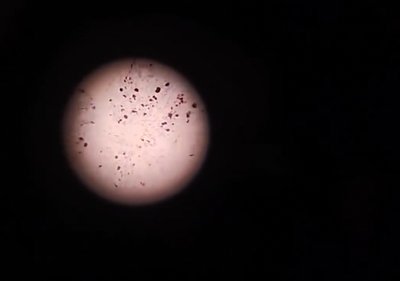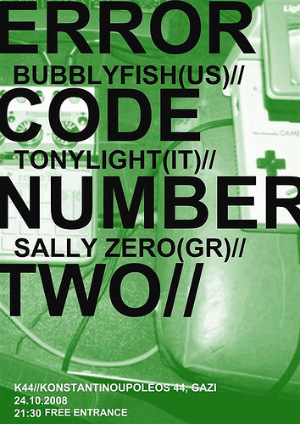In spring of 2024, when green buds had already begun to appear even though light flurries were still falling in Rochester NY, I was slumped in the folding chair in my apartment, surrounded by dissertation books, the pigment tests, maquettes, and preliminary drawings for an upcoming exhibition in Beijing that October. Ever since I started graduate school, the gentle dilemma of being both an artist and a scholar has colored my days, as a tension that persists but always in the happiest ways. The room was quiet, the light soft, and my attention drifted between thinking, reading, and the pull of artwork I had not yet begun. Almost without intention, my finger moved across my phone, again, returning to the familiar drift of scrolling that has become an ordinary part of contemporary life. I opened Xiaohongshu (Red Note, the Chinese social media App) and typed four characters, sculpture factory (雕塑工厂, diaosugongchang), into the search bar, looking for workshops near Beijing and the adjacent city of Yanjiao in Hebei Province, hoping to locate production sites and people who might help accelerate the work for the exhibition when I returned in the summer. (read more...)








